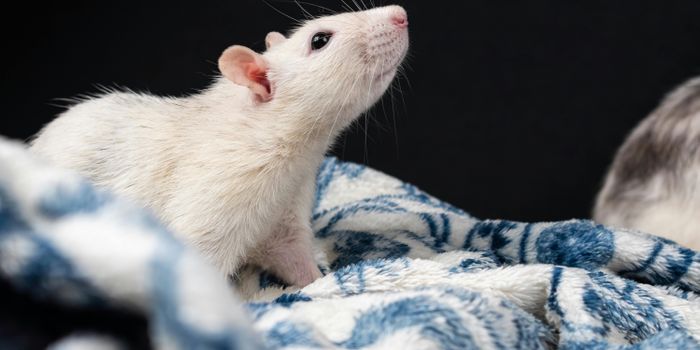The See Food Diet: Food imagery sparks different brain connections for obese individuals
Revelations from across neuroscience underscore that obesity may be more than just skin deep, tracing its roots to neuroanatomical differences. A groundbreaking study by Devoto et al. from the University of Milano-Bicocca reveals the unique way obese individuals interpret the sight of food, finding fundamental differences in how an influential reward area connects to the rest of the brain.
When deciding to chow down on some tasty food, your brain relies on the dopamine-producing ventral tegmental area (VTA). This region calculates just how gratifying that snack might be and whether the reward is worthwhile.
The Italian scientists used functional magnetic resonance imaging (fMRI) to peek into the cerebral landscapes of participants as they gazed upon tantalizing food pictures of various caloric values. Participants were either in the median of the body mass index (BMI) spectrum or obese by this maligned yet unseated metric of human proportions.
In the journal Obesity, the authors show that when obese people's brain activity was compared to BMI-defined healthy-weight adults, the interplay between the VTA and other brain regions was significantly different.
The VTA of the study’s high BMI participants showed more connection, hyper-connectivity, with an area of the brain that helps to visually identify food, the ventral occipitotemporal cortex. This increased connection between visual and reward areas may amplify the allure of food cues for obese people.
On the opposite side of connection strength, the VTA of obese participants demonstrating low or hypo-connectivity, with the inferior frontal gyrus (IFG). The IFG is home to the famed Broca's area, which regulates language and speech. This puzzle piece may seem disjointed; why would a language hub be implicated in cravings and rewards? Offering some clarification is the fact that the IFG is located within a larger region called the prefrontal cortex, and this region is a major player in cognitive control and decision-making.
"We provide novel insights into the brain mechanisms underlying excessive motivation towards food in obesity," explains first-author of the study Francantonio Devoto PhD, of the University of Milano-Bicocca, "a feeling that every person who is overweight or living with obesity has felt when tempted by food images" (via EurekAlert!).
These findings support the incentive sensitization theory of addiction, which suggests that those with addictions are hypersensitive to cues that remind them of their chosen substance. Their motivation or "wanting" has become pathological and is no longer connected to the actual experience of consuming the object of their addiction.
These findings might suggest that the minds of obese individuals become or are naturally wired for an imbalanced response to food stimuli. The strong coupling of activity between the VTA and visual areas could intensify cravings, and a quieter prefrontal cortex might make food cravings more challenging to fend off.
This study does not determine whether these connectivity differences sculpt behavior or whether over-eating behavior rewires brain connections. Either way, individuals on one side of the bathroom scale are beset with distinct neuroanatomical connections.
As more distinctions of the brains of obese people are unmasked, we will better understand what could cause over-eating behavior and what makes it neurologically challenging to change those behaviors.
Sources: Frontiers in Psychology; Philosophical Transactions of the Royal Society of London, Series B, Biological Sciences; PNAS, Nutrition Today, EurekAlert!









